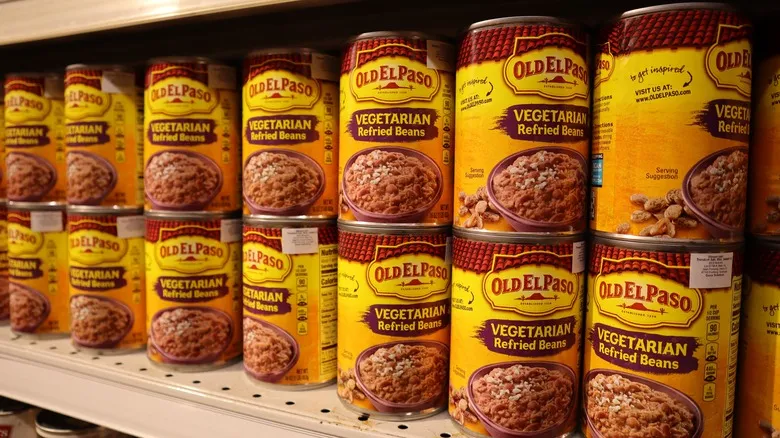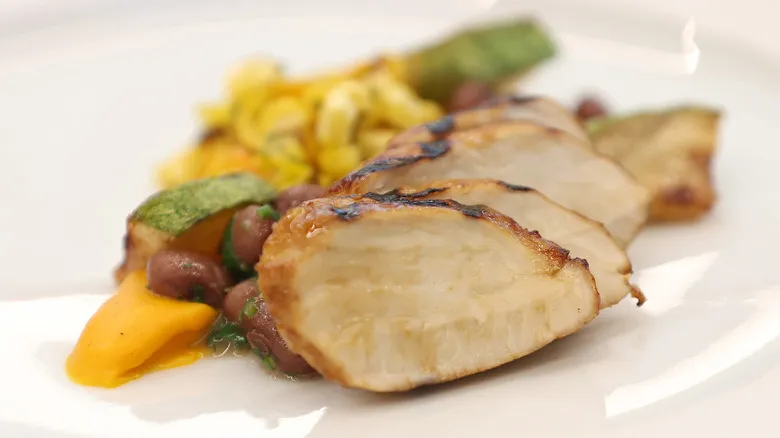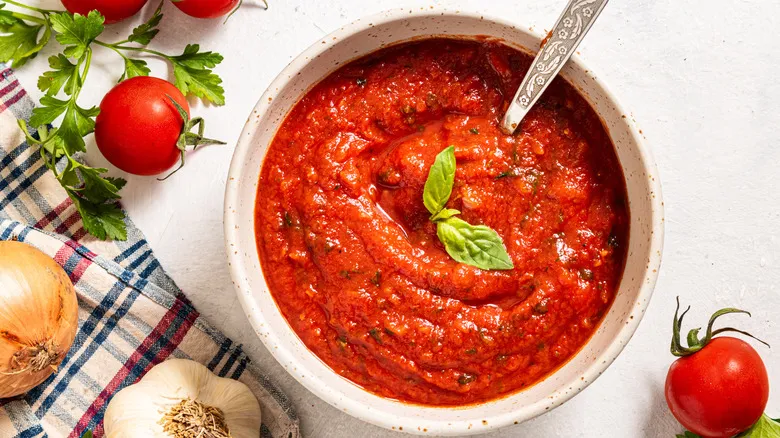Fish and banana leaf delectably meld in various applications
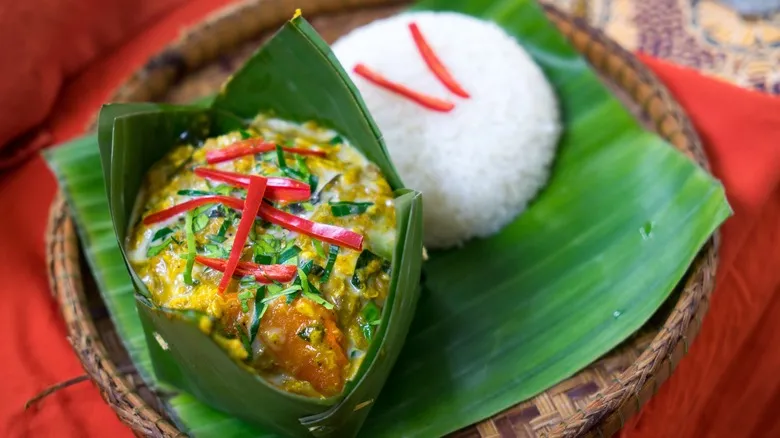
Banana leaves offer a versatile approach to cooking. For a simple alternative, consider using them like parchment paper when baking fish—just wrap the fillets and place them in the oven. When the fish is generously coated in marinade, the outcome is moist, flavorful, and visually appealing. Additionally, you can prepare individual portions for each guest, creating an engaging and interactive dining experience.
These leaves also serve as excellent containers for steaming, a more intricate method that produces delicate results. A fundamental technique in Southeast Asian cuisine, the structure of the leaves allows for steam infusion, enhancing the dish's aroma. For instance, you can create a traditional Cambodian fish amok, which combines fish, banana leaves, eggs, and coconut milk into a custard-like dish. When you unwrap the steamed leaf, it releases a delightful fragrance.
Another fantastic option is grilling fish wrapped in banana leaves. Cooking over coals creates a smoky environment that imparts rich, complex flavors. Plus, you won’t have to worry about the fish sticking or burning, a common concern when grilling. This method is a beloved street food in Thailand, often sold at market stalls.
While sourcing banana leaves in the U.S. may require some effort, your best bet is to visit a specialty Asian or Latin American grocery store. Keep in mind that there are alternatives to banana leaves for tamales, so you might find suitable substitutes for fish dishes as well.
Recommended

A 2-Zone Heat Source Is The Secret To Better Grilled Hot Dogs
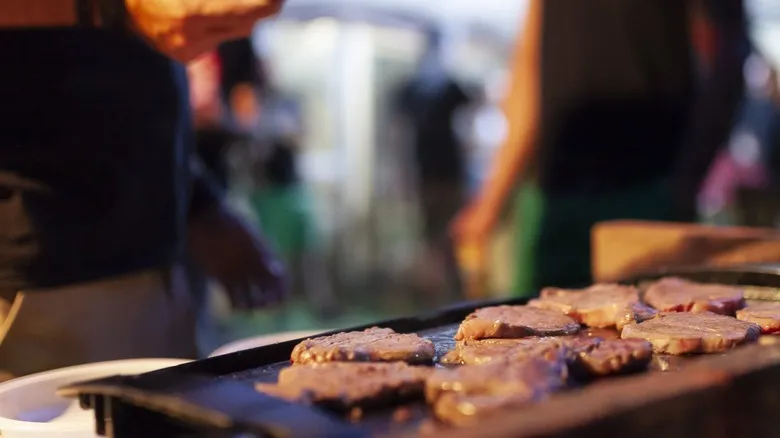
Rusty Griddle? Here's How To Make It Look New Again
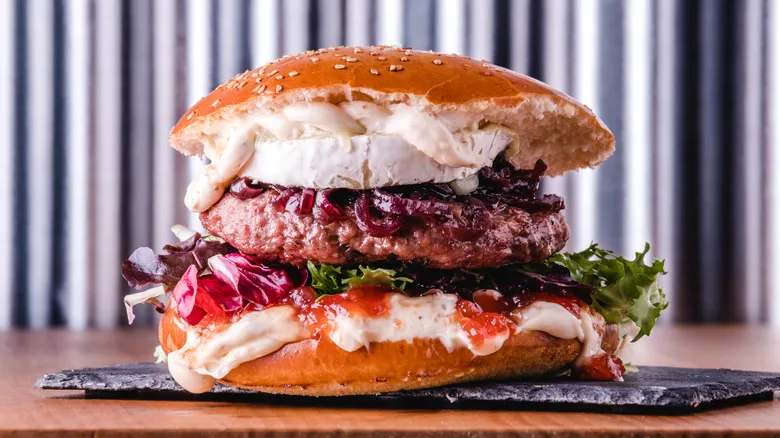
Top Your Next Burger With This Luxurious, Creamy Cheese To Take It To The Next Level

How Long Should You Cook Tuna Steaks?
Next up



